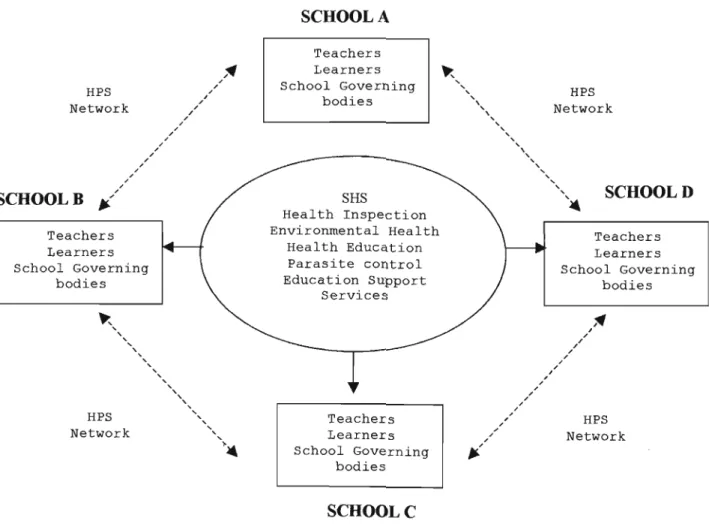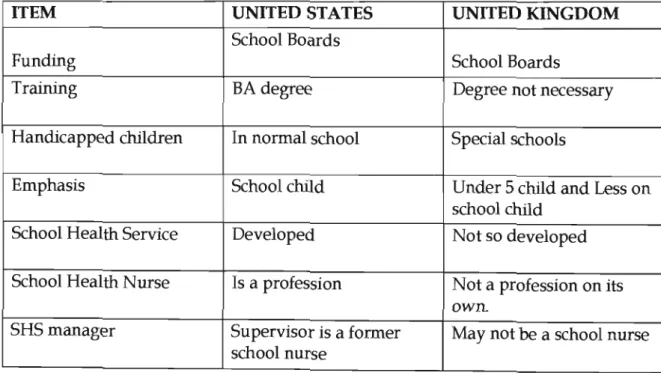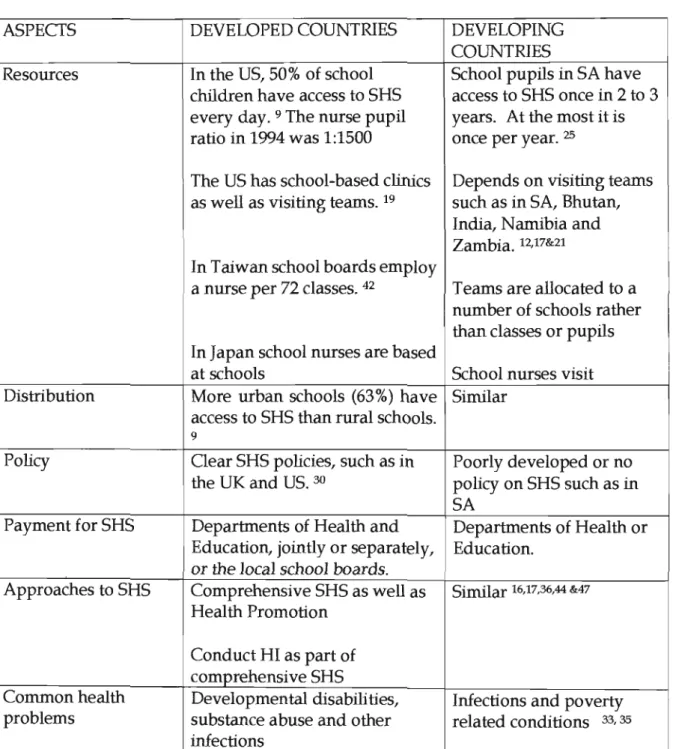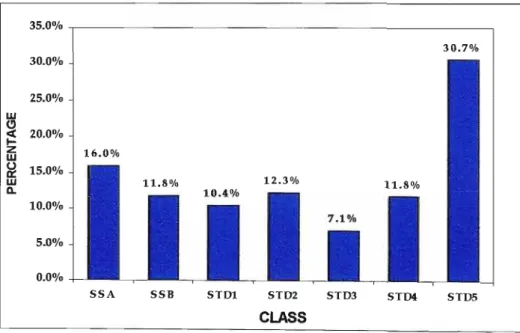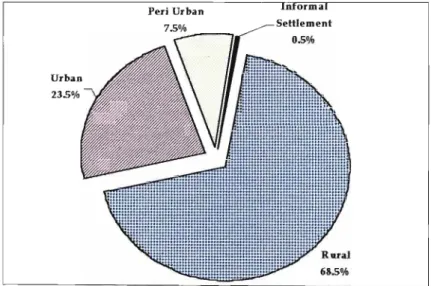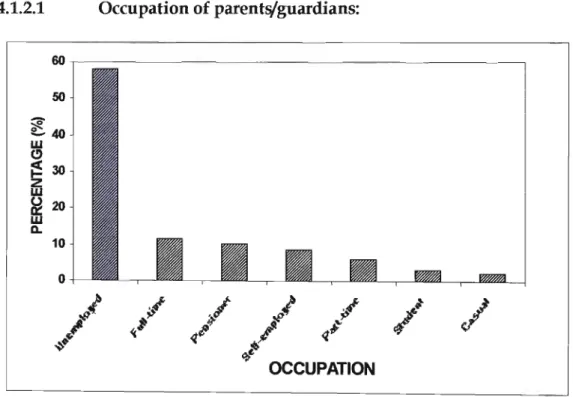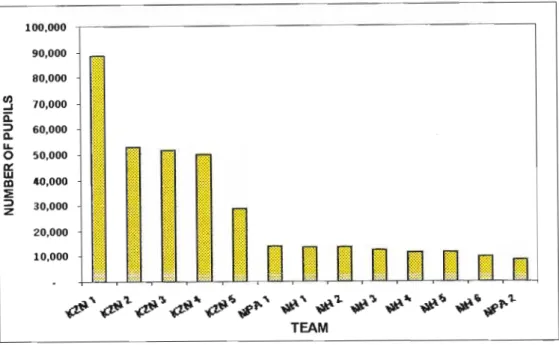Professor CC Jinabhai from the Department of Community Health, University of Natal was the supervisor. SHS School Health Service - refers to the services provided by the Department of Health in schools through mobile teams.
Motivation
It is believed that 7% of nurses in the world are involved in school nursing.2 Studies have shown that health inspection in schools is necessary to ensure that children get the optimum benefit from investments in education and health programs and that they remain physically, mentally and socially healthy.3,4 HI as part of SHS contributes synergistically to improved. The study was necessary to provide a detailed analysis of health supervision as part of the SHS to contribute to the transformation of the service to the district health system.
History of School Health Services (SHS)
In the United States, the first school nurse was appointed in 1894 and the first school physician in 1902. By 1945, school nursing in the United States ceased to be a major practice.
Current Approaches To SHS
Activities that a School Health Nurse (SHN) may be involved in in the US include health screening such as for vision, hearing, scoliosis, speech and language development and motor disorders. This can also include developmental examinations and direct care such as first aid treatment and giving medication for minor ailments.7 The fact that the USA as a developed and a rich country still needs SHS indicates that the need is greater in SA, as it a developing country and has fewer resources to address health needs.
Training Of School Nurses
The WHO Expert Committee on Comprehensive School Health Education and Health Promotion urges all people to imagine a “world” in which schools take up the challenge of implementing new and exciting ways of coordinating educational processes. Enrolled nurses, auxiliary nurses and Specialized Auxiliary Service Officers (SASO) receive hands-on training on SHS.
SHS Components
Health Inspection
If necessary, parents are invited to come to the school for an interview with the school nurse. It is expected that the visiting SHS team will not be allowed to leave the school until a parent meeting has been held.
Rationale For HI
School Health Education
The community is an important contributor to the health promotion of the school population. One of the results of physical exercise is the improvement of children's academic performance.
HI Conceptual Framework In KZN
Rustica's School Health Promotion (SHP) model
Systems Approach
Problem Statement
PROBLEMS REALTII
Purpose Of The Study
Objectives
LITERATURE REVIEW
- SHS strategies and approaches
- Output Of HI
- Outcome Of HI
In 1974, the reorganization of health services in the UK brought the school nurse under the wing of the National Health Service. Historically, the school nurse was expected to assess the child's physical, psychological and neurological condition; to detect those problems that may affect the child's behavior; and treat minor ailments.6 The primary goal of SHS in the US in 1966 was to increase education.
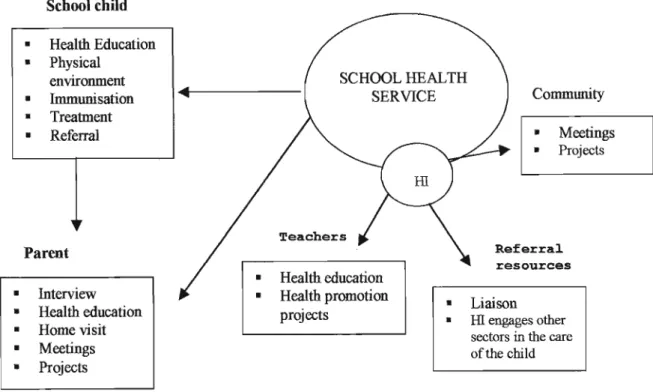
METHOD
- Study Design
- Study Population And Sample
- Sampling Techniques
- Inclusion And Exclusion Criteria
- Data Sources
- Instruments
- Sample Bias
- Response Rate
- Ethical Issues
- Research Team
- Data Collection
- Analysis Of Data
The sampling frame included all children who were diagnosed with health problems at the last meeting with the school nurse. For the schools visited, children who were diagnosed with health problems at the last medical examination and their parents were included in the research. Organization: This refers to the formal relationships that the HI had with other departments in the DOH.
During the study, consistency was well demonstrated in the responses given by the participants. A total of 212 children were interviewed out of the target number of other children who were not in the sample and were interviewed about their problems at the request of the teachers. A letter was written to all principals in the sample asking for permission to visit the schools.
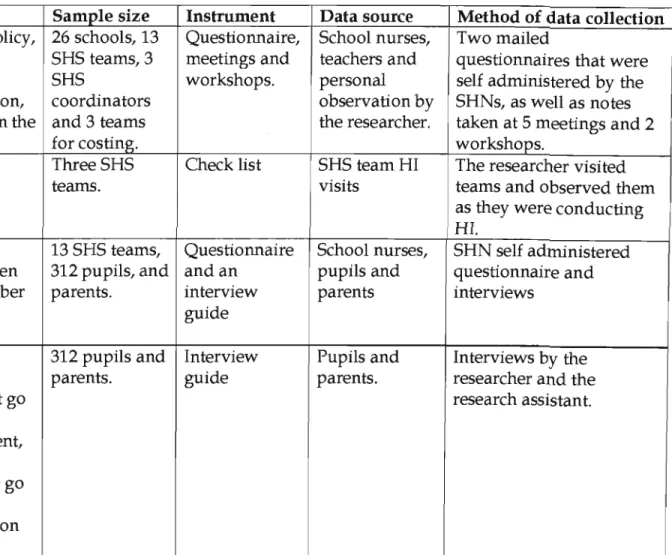
RESULTS
- Demographic Characteristics Of Pupils & Parents
- Input Results
An SHS coordinator has been appointed in all eight regions to facilitate the integration of the service into the District Health System (OHS). In 1995, because each previous authority had its own target classes, there was no standard target population for the province. In the former concentration camp, the team or transport officer of the institution supervised the transport of the SHS, where the team was.
The ex KZ form used for routine HI was the same as the ex NP A. For aftercare, the confidential report containing names of children with abnormalities was used. On the day of the interview it was raining, so the interviews were conducted in the car.
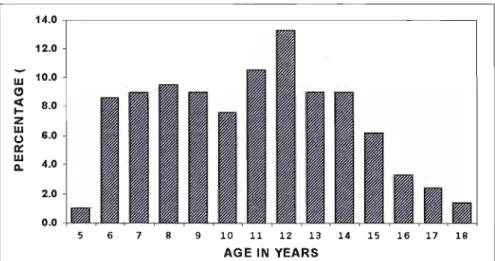
GHORT~
Health Problems
Students with health problems are advised, treated or referred; or the parent is called for an interview. According to the 1995 statistics in the sample region, 62,883 students presented for health inspection and were referred for treatment. In many of the city schools visited in the study, one or two of the 12 children interviewed reported being raped.
There were also several children in this group who did not progress well at school. The question was not relevant for 26% of all respondents (they were not seen by the nurses). Of all respondents, 93.5% of students were asked to give the referral letter to a parent/guardian or doctor when they needed treatment and return it to school.
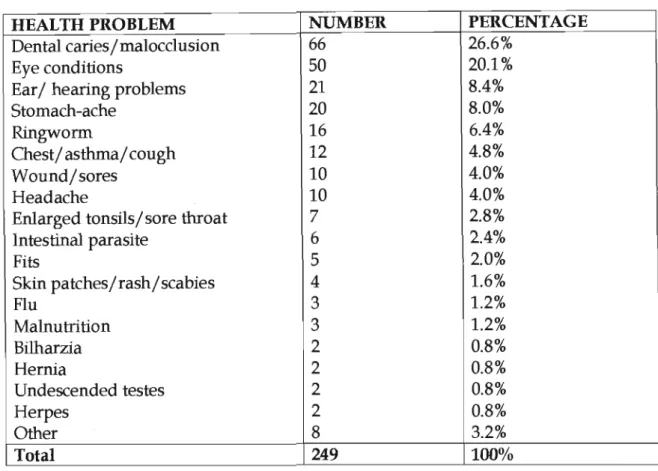
Outcome Of HI
Their responses were as follows: 55% of the children seen for HI said they felt better compared to 44% of the children not seen for HI. Of those seen by the SHN, 7% reported feeling worse than before, compared to 26% of the group not seen by the school nurse. Other reasons include cases where parents did not agree with the nurses' findings or felt that the problem was not serious.
The number of siblings and family members did not appear to influence respondents' health-seeking behavior. The majority of children (40.7%) were treated in a PHC clinic, 19.6% in a hospital, 5.4% in a doctor's office, and the remaining 34.8% either in a dentist's clinic, inpatient clinic, optician, specialist, NHN or at home. The findings of this study are discussed in terms of inputs, processes, outputs and outcomes; Barriers to SHS implementation and strategies to overcome them were identified based on WHO recommendations.
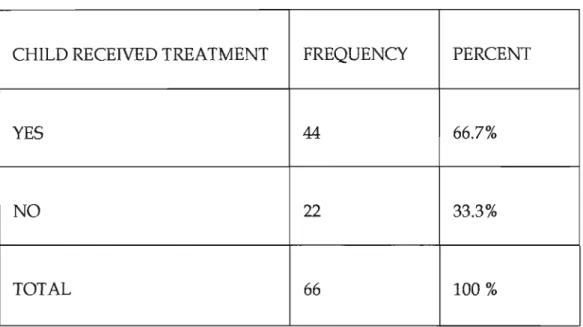
Input
In the USA, the availability of SHS in a particular educational model, The School of the 21st Century, showed that 75% of schools have school nursing.9. The lack of clarity about the future of the service has caused a lot of anxiety among staff. IS The advantages of the service provided by the Ministry of Education were that there was local ownership of the school population.
The slow process of SHS transformation and integration of teams has resulted in an uneven distribution of resources and services. In South Africa, SHS was influenced by the introduction of DHS and the recommendations of the Education Support Commission that the service be provided by the Department of Education.15. This indicates the need for professional assessment of the health needs of both schoolchildren and children.
SHNs had an opportunity to call parents to schools to discuss problems identified, to visit homes and to organize parent meetings at schools - leading to a better understanding of the service. Individual medical student cards are used to keep the medical history of the child and can be transferred from school to school with the child. There was a question about the legal aspects of issuing medicine to a child without the parent's consent.
The inability of most teams in the sample region to conduct follow-up visits made it difficult for them to evaluate and improve the service. The large number of schools, lack of transport and long distances from the base were some of the causes of poor coverage. In KZN, the school nurse did not have all the support needed to cope with the situation.
Outcome
SHS should be fully integrated into DHS with regional and provincial support. Teams should be coordinated at a regional level to lead the transformation of the service from legacy. fragmented system into a new integrated system. recommends a nurse/student ratio of 1:10000, available resources may not permit the use of such a ratio. Due to the lack of resources, the service must clearly define goals that should be realistic, achievable and feasible.
He must undergo continuous peer review to ensure he meets the professional standard. 1 registered nurse should be allocated for every 20 000 children, nurses and part-time volunteers should be employed to ensure equal distribution and improvement. coverage especially in rural areas. Teachers should be trained in HI and encouraged to be involved in referring children for health care. with coordinating committees to assess progress in the district will help sustain the service.
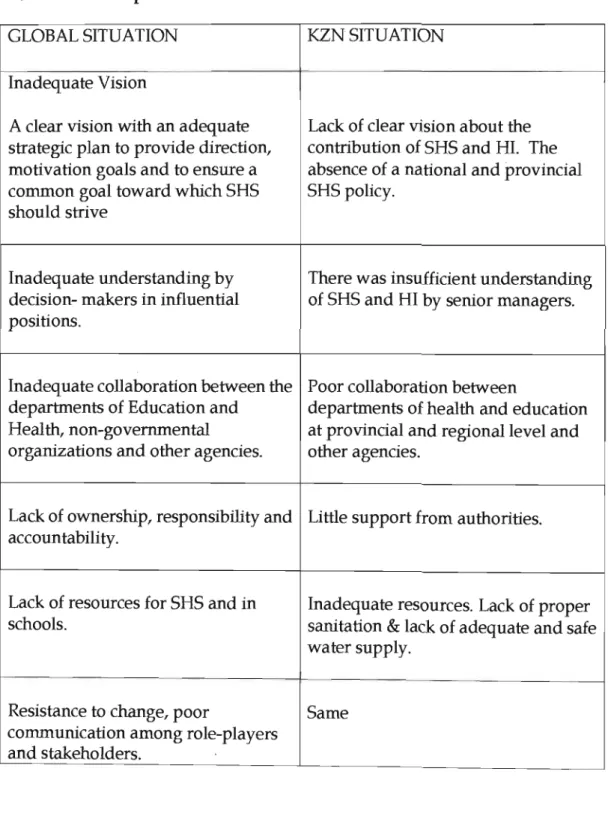
AIDS---.G)
The country has nine provinces and each of these provinces was divided into health districts. All services, from the first level to the first referral hospitals, are part of the DHS. Sidney et al see SHS as part of PHC and as an important component of MCH that is performed by a multidisciplinary team and includes health examinations; vision and hearing screening; and check for skin, eye, ear and other infections.
48 Hygiene, health education, vaccination, vegetable gardens and latrines are some of the activities of SHS. Measuring weight and height in schools provides important data that indicate the nutritional status of the community.48. The concept of PHC was applied in ex KZ SHS, for example in community projects.
FIELD REPORT
- T. MEMELA
I suggested to her that she should send the child to the clinic, hospital or doctor. I also referred the child to the nurse who visited schools in the area for follow-up. The child told me that he did not write or count properly because he was not with his father.
Mother confirmed that the child should go to his father, but she had a problem because the father was. The aunt (father's sister) who takes care of him said that the child did not want to do his homework. As a result, cards are lost and cannot be moved from one school to another when the child is transferred.
APPENDIX 8: (KUBAZALI BEZINGANE ZESAMPULA: IMFUNDO NGOKUHLOLWA KWEZEMPILO: 1996)
INTERVIEW GUIDE FOR THE ANALYSIS OF HEALTH INSPECTION (HI) AS A COMPONENT OF SCHOOL HEALTH SERVICES IN KWAZULU-NATAL. Using your order books and inventory control cards, please indicate how much and what type of medication was used in 1999. The Trle EUiics Committee has considered your response to 1his inquiries regarding the above protocol and found it acceptable.
